

Virginia Department of Conservation and RecreationAn official website of the Commonwealth of Virginia Here's how you knowAn official websiteHere's how you know

Virginia Department of Conservation and RecreationAn official website of the Commonwealth of Virginia Here's how you knowAn official websiteHere's how you know
 Department of Conservation and Recreation
Department of Conservation and Recreation
Invertebrates (animals without backbones) include groups such as insects (e.g. butterflies, bees and dragonflies), millipedes and centipedes, mussels and snails, crayfish, earthworms, and spiders and ticks. As a group, invertebrates are the most numerous animals on earth. They perform essential ecological tasks such as pollinating plants, decomposing dead material, augmenting soils, filtering water and being a critical part of the food web both as predator and prey. In essence, we depend on invertebrates for our most basic needs.
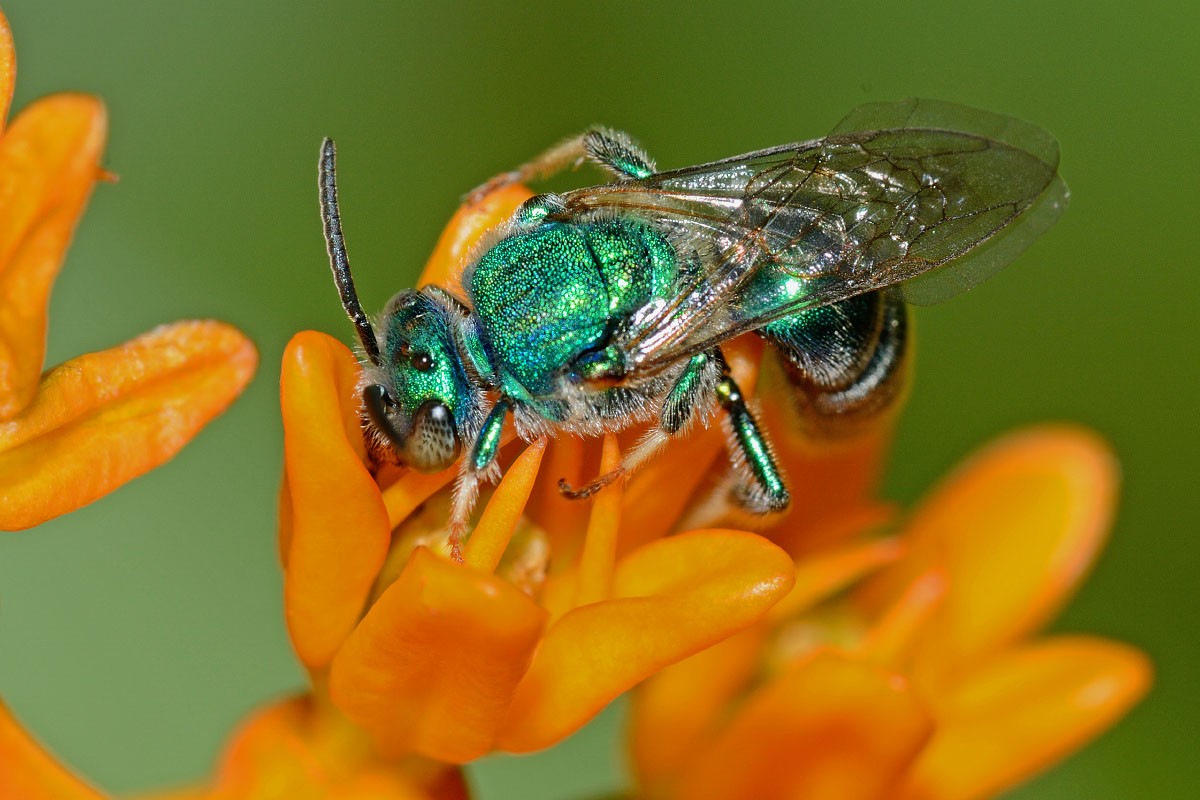
A sweat bee, (Augochloropsis sp.) Photo by Gary P. Fleming
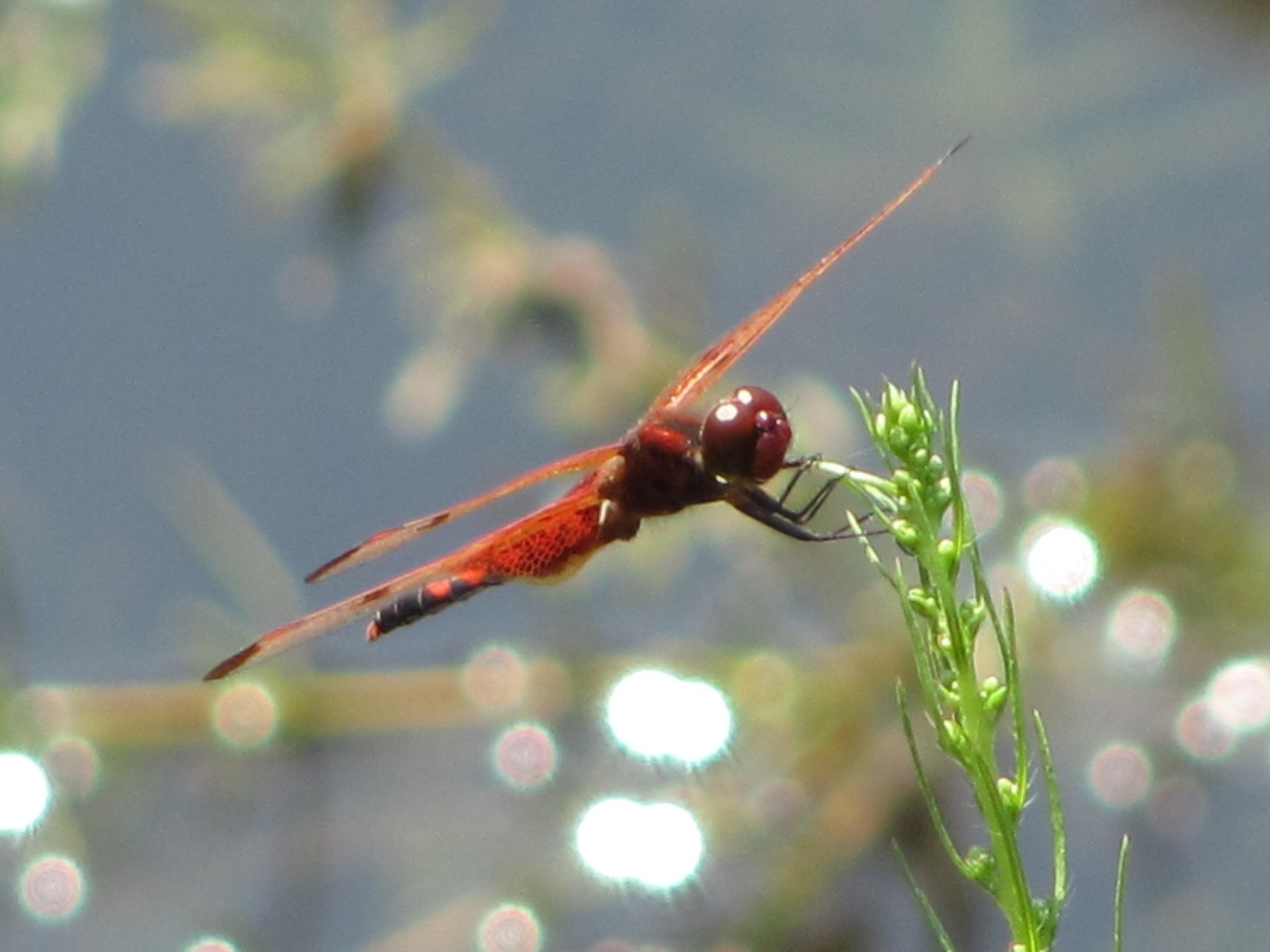
Calico pennant, (Celithemis elisa) Photo by Anne Chazal
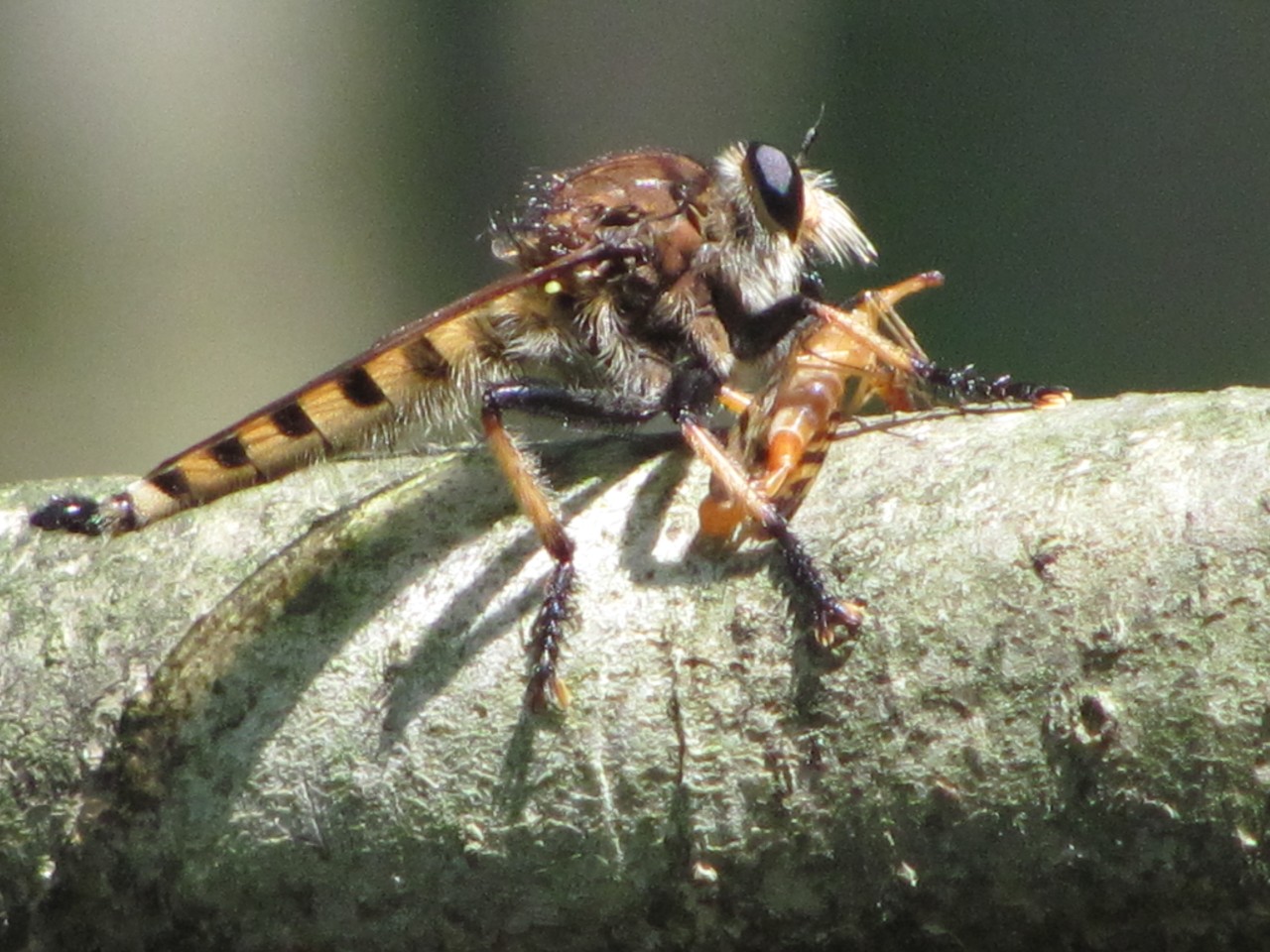
Robber fly, (Triorla interrupta)(Family asilidae) Photo by Anne Chazal
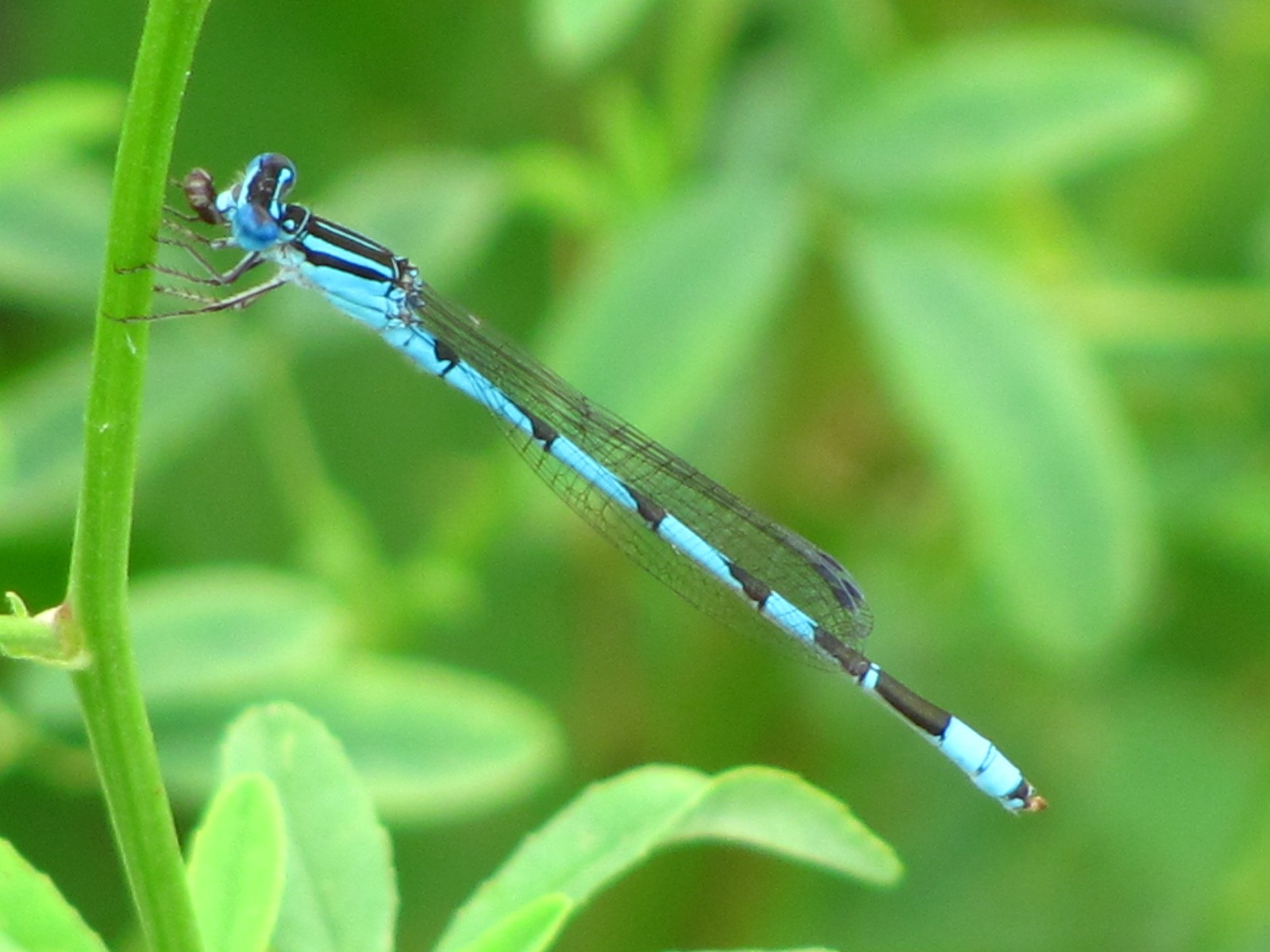
Big bluet, (Enallagma durum) photo by Anne Chazal
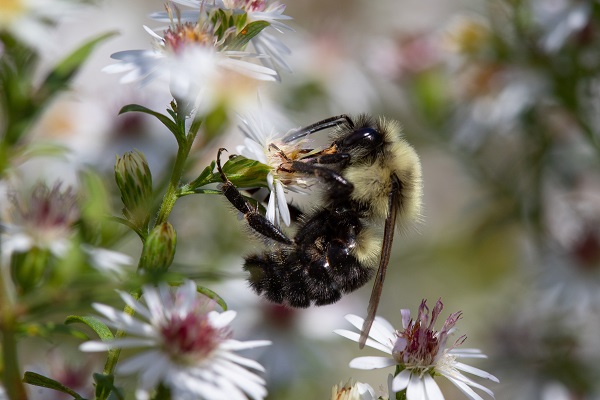
Eastern Common bumble bee, (Bombus impatiens) Photo by Irvine T. Wilson

Monarch butterflies, (Danaus plexippus) Photo by Gary P. Fleming
Many people are surprised by the number of different invertebrate species - the biodiversity - we have in Virginia alone. They are also surprised to learn that new, undescribed species are still being discovered in the state on a regular basis. The following lists of selected invertebrate groups are meant to demonstrate the great biodiversity represented in Virginia, encourage curiosity about what other species have yet to be found in the state and record our best knowledge to date. It is important to note two things about these lists. First, these lists are ever-changing as our knowledge of the species increase. Thus we consider each list to be provisional, or a work in progress. Second, we focus on non-marine species, so some groups may not fully represent the entire biodiversity of the state.
As is often the case with science, these lists represent the work of many people and generations of curious investigators. The lists result from the combined effort of field work, museum searches and scouring the literature. We would like to thank the partners who have allowed us to share their work on this site. Some lists are reprinted from published literature. Each list contains appropriate citations for the source.
(You'll need the free Adobe Acrobat Reader to view or print (PDF) files.)

